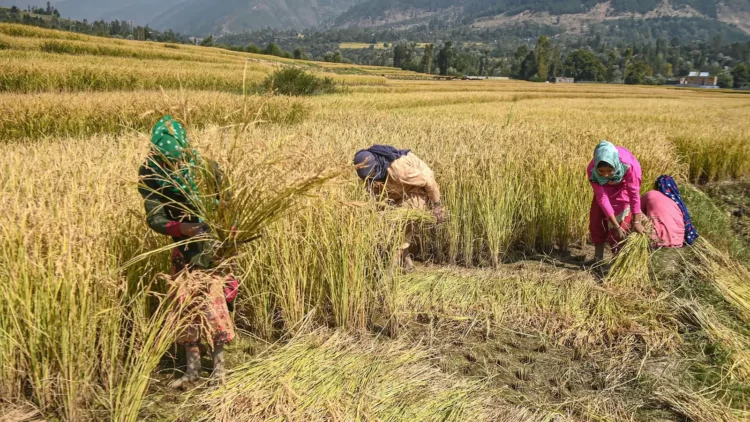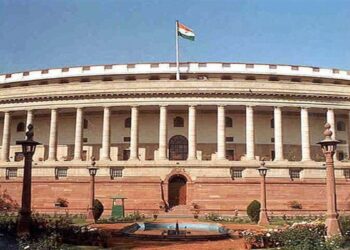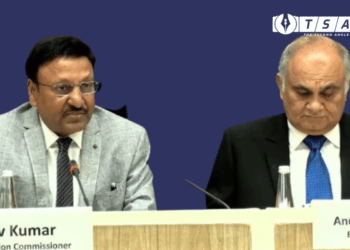In the 2014 general elections, when the Narendra Modi-led BJP government came to power with a thumping majority, Narendra Modi promised to double the income of farmers. In this connection, the ambitious scheme of the Modi government, the Pradhan Mantri Fasal Bima Yojana, was implemented on January 13, 2016. The administration of this scheme was placed under the Ministry of Agriculture and Farmers’ Welfare.
What is the Pradhan Mantri Fasal Bima Yojana?
The main objective of the Pradhan Mantri Fasal Bima Yojana was to save the farmer from loss by reducing the risk related to agriculture. Under this scheme, it was decided to give insurance benefits for all types of crops to the farmers at a negligible premium. Private insurance companies can also participate in this. The farmer has to pay a total premium of 2% for Kharif crops and 1.5% for Rabi crops. For other commercial crops, the premium is payable at 5%.
Apart from this, half of the premium is borne by the central and state governments. Under this, farmers are compensated for the loss of crops due to natural calamities. This does not include the risk of personal loss, such as fire or theft.
What is the current status of this plan?
Pradhan Mantri Fasal Bima Yojana is included in the ambitious schemes of the Modi government, whose publicity is spread indiscriminately. Now, this scheme is proving to be a profitable deal not for the farmers but for the insurance companies. Insurance companies are engaged in filling their bags through this scheme, introduced to compensate for the loss of farmers’ crops. It is not us, but the Ministry of Agriculture and Farmers’ Welfare of the government itself that is saying this.
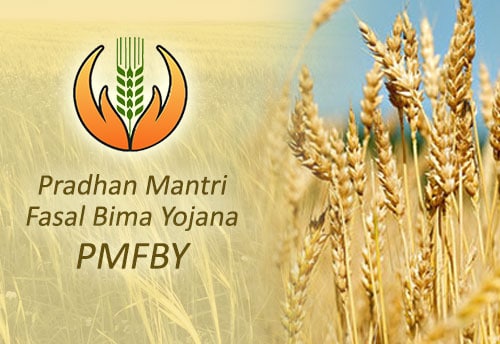
According to the reports of the Ministry of Agriculture, in the years 2020-21, the insurance companies collected a total premium of Rs 31561 crore, while only 17783 crores were given in the name of compensation to the farmers. Similarly, from the year 2016 till now (31/01/2022), insurance companies have collected a total of Rs 139057 crore from farmers and governments as premium and Rs 111066 crore as compensation to the farmers.
The full account of crop insurance scheme:
| Year | Premium deposited by farmers
(in crores) |
Total premium deposited (in crores) | Compensation received as insurance claim (in crores) | Profits of insurance companies (in crores) |
| 2016-17 | 4085 | 21698 | 16808 | 4890 |
| 2017-18 | 4203 | 24605 | 22149 | 2456 |
| 2018-19 | 4690 | 29050 | 28171 | 879 |
| 2019-20 | 4532 | 32143 | 26155 | 5988 |
| 2020-21 | 4020 | 31561 | 17783 | 13778 |
| Total | 21530 | 139057 | 111066 | 27991 |
The government has been quite vocal in its promotion of this scheme, while states have begun to withdraw from it.
What are the flaws in this strategy?
- The figures above are also what insurance companies send to governments. The ground reality is something else that is not even visible in these figures. Even if the farmer is only charged a modest amount as a premium, the weight of this premium on the government grows. The government bears the majority of the cost, so it is unnecessary to mention that it is tax money. If the governments had provided this insurance on their behalf and the insurance companies had not been involved, the government would have saved roughly 28 thousand crores in the last five years, which was spent to line the coffers of the insurance companies.
- Insurance companies have never had such a delight as this scheme. The Ministry of Agriculture bears all the expenses for the promotion of the scheme. Most of the insurance companies do not have offices, not even in the district headquarters. If the crop damage has to be inspected, then the employees of the Revenue Department also do that whose salary is given from the tax money. So for insurance companies, this scheme is a gravy train.
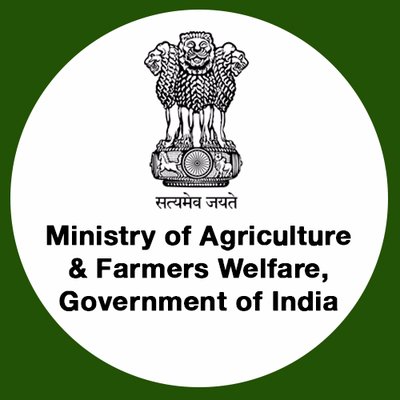
Image Source: newsonair - Insurance companies consider a farmer as a unit while charging a premium but when it comes to paying compensation, they consider the whole farmer as one unit. About 1500 hectares of land come under a halqa. But, while paying the premium, the farmer should pay for every field distinctly, whereas, in the case of crop failure, compensation is fixed by taking samples of only two places out of the 1500 hectare unit. Whereas samples should be taken from each field.
- Apart from this, sometimes the loss is underestimated, and the farmers have to run around for compensation. It is also the responsibility of the farmer to report the damage within 72 hours in the case of damage due to any natural calamity, whose complexity is often taken advantage of by insurance companies.
Insurance companies have also become a disturbing factor for state governments. Six states have now withdrawn themselves from the scheme, although they do not all have administrations led by opposition parties. Gujarat’s BJP administration and Bihar’s NDA government have both distanced themselves from the scheme. Andhra Pradesh, Telangana, West Bengal, and Jharkhand are the only states not included in the scheme. Punjab was never included in this scheme.
Also Checkout: The Unconstitutional Criminal Procedure (Identification) Bill, 2022


